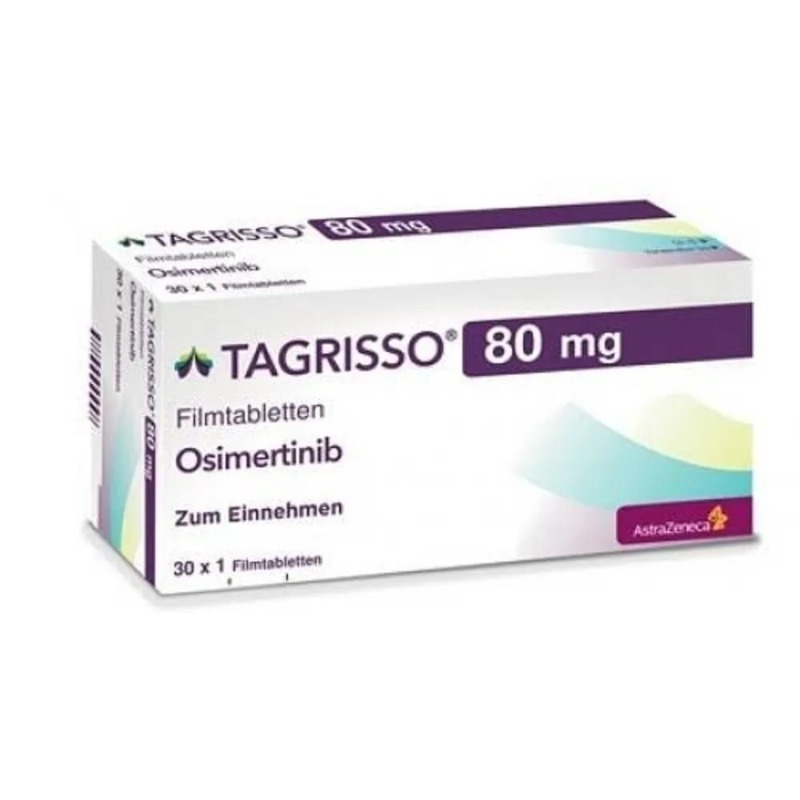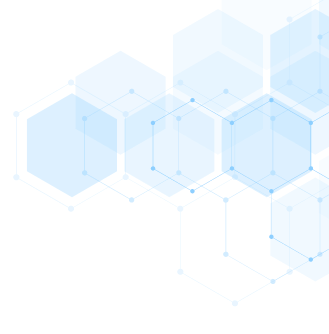DESCRIPTION
MECHANISM OF ACTION
• Potent and selective small-molecule inhibitor of the EGFR, which binds irreversibly to specific mutant forms of EGFR, including T790M, L858R, and exon 19 deletion.
• Inhibition of these EGFR mutants results in inhibition of critical mitogenic and antiapoptotic signals involved in proliferation, growth, invasion/ metastasis, angiogenesis, and response to chemotherapy and/or
radiation therapy.
ABSORPTION
Oral bioavailability is on the order of 92%. The Cmax and AUC of osimertinib are increased by 14% and 19%, respectively, following a high-fat, high-calorie meal compared to fasting state. Peak plasma drug levels are achieved in 2–5 hours after ingestion.
DISTRIBUTION
Extensive binding to plasma proteins. Steady-state drug levels are reached in approximately 15 days.
INDICATIONS
1. FDA-approved for metastatic NSCLC with EGFR T790M mutation as detected by an FDA-approved test following progression on or after EGFR TKI therapy.
2. FDA-approved for first-line treatment of metastatic NSCLC with EGFR exon 19 deletions or exon 21 L858R mutations as detected by an
FDA-approved test.
DOSAGE RANGE
Recommended dose is 80 mg/day PO.
DRUG INTERACTION 1
Phenytoin and other drugs that stimulate the liver microsomal CYP3A4 enzymes, including carbamazepine, rifampin, phenobarbital, and St. John’s Wort—These drugs may increase the metabolism of osimertinib, resulting in its inactivation and lower effective drug levels.
DRUG INTERACTION 2
Drugs that inhibit the liver microsomal CYP3A4 enzymes, including ketoconazole, itraconazole, erythromycin, and clarithromycin—These drugs may decrease the metabolism of osimertinib, resulting in increased drug levels and potentially increased toxicity.
DRUG INTERACTION 3
Warfarin—Patients receiving warfarin should be closely monitored for alterations in their clotting parameters (PT and INR) and/or bleeding, as osimertinib may inhibit the metabolism of warfarin by the liver P450 system. Dose of warfarin may require careful adjustment in the presence of osimertinib therapy.
SPECIAL CONSIDERATIONS
1. Dose reduction is not recommended in patients with mild hepatic dysfunction. Has not been studied in patients with moderate or severe hepatic dysfunction, and caution should be used in this setting.
2. Dose reduction is not recommended in patients with mild or moderate renal dysfunction. Has not been studied in patients with severe renal dysfunction, and caution should be used in this setting.
3. Closely monitor patients for new or progressive pulmonary symptoms, including cough, dyspnea, and fever. Osimertinib therapy should be interrupted pending further diagnostic evaluation.
4. Patients should be educated on the increased risk of cardiac toxicities when compared to other EGFR TKIs.
5. Baseline and periodic evaluations of ECG and electrolyte status should be performed while on therapy. If the QTc > 500 msec, therapy should be interrupted. Use with caution in patients at risk of developing QT prolongation, including hypokalemia, hypomagnesemia, congenital long QT syndrome, and in patients taking antiarrhythmic medications or any other drugs that may cause QT prolongation.
6. Baseline and periodic evaluations of LVEF should be performed while on therapy. If there is an absolute decrease in LVEF of 10% from baseline and below 50%, therapy should be interrupted for up to 4 weeks. If the LVEF improves to baseline, therapy can resume. However, if the LVEF does not return to baseline, therapy should be terminated. In the setting of symptomatic CHF, therapy should be permanently discontinued.
7. Patients should be warned to avoid sunlight exposure.
8. Avoid Seville oranges, starfruit, pomelos, grapefruit, and grapefruit juice while on osimertinib therapy.
9. Pregnancy category D. Breastfeeding should be avoided.
TOXICITY 1
Skin toxicity in the form of rash, dry skin, pruritus, and nail bed changes.
TOXICITY 2
Diarrhea is most common GI toxicity. Mild nausea/vomiting, mucositis, and constipation are also observed.
TOXICITY 3
Pulmonary toxicity in the form of ILD manifested by increased cough, dyspnea, fever, and pulmonary infiltrates. Observed in approximately 3% of patients.
TOXICITY 4
QTc prolongation.
TOXICITY 5
Fatigue, anorexia, and reduced appetite.
TOXICITY 6
Cardiomyopathy and CHF. Atrial fibrillation has also been observed.
SPECIFICATION


Login To Comment